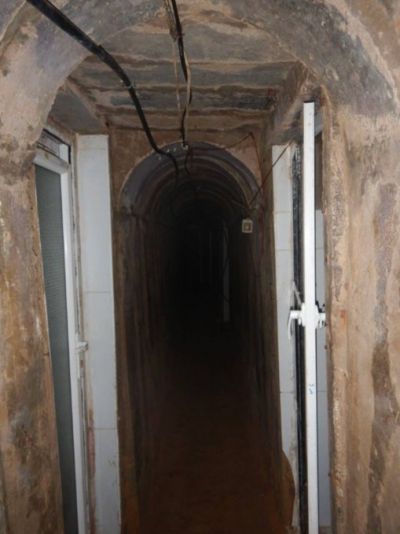Eerie car graveyard dubbed ‘Cavern of Lost Souls’ full of ditched motors
An eerie car graveyard dubbed the "Cavern of Lost Souls" is full of ditched motors left abandoned for decades.
Rotting shells of the never-ending pile of vehicles lie still in an abandoned Welsh mineshaft that resides underneath a mountain.
Located in the Ceredigion/Gwynedd area of west Wales, near a village called Corris Uchaf, this disused mine lies silent and flooded as it begins to crumble away.
It's workers are long gone and the only light that shines in this place is the single beam that makes its way through a small opening above the main cavern.
But the most notable thing about this former workplace is the remarkable stack of cars that reach the ceiling.
Despite the relative calm that engulfs this place, where all you can hear is water droplets dripping from the ceiling, it is incredibly dangerous to get to.
In order to access the cave, you are required to grapple down a 90-degree cliff, where old paths have eroded away and slippery slopes await.
But should you overcome the horror trek, then several tons of rotting iron, oils, antifreeze, and plastic that turn the water a menacing emerald green await.
https://www.thesun.co.uk/motors/26279387/eere-car-graveyard-cavern-lost-souls/
maximus otter








